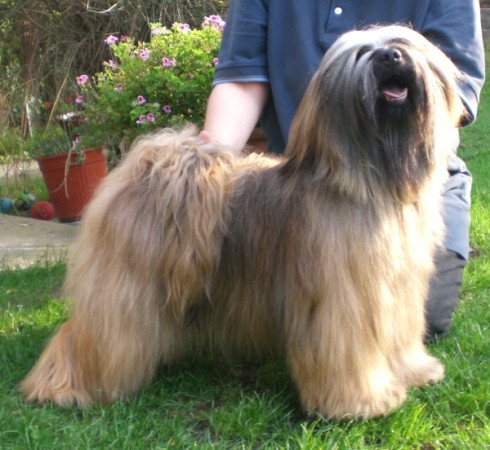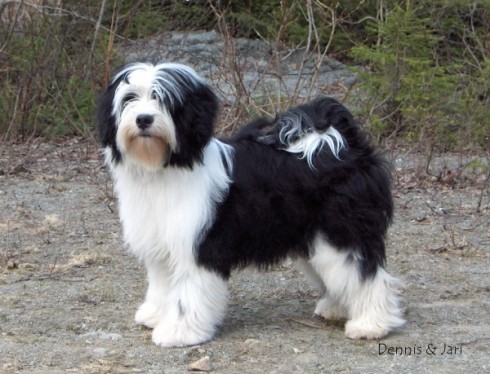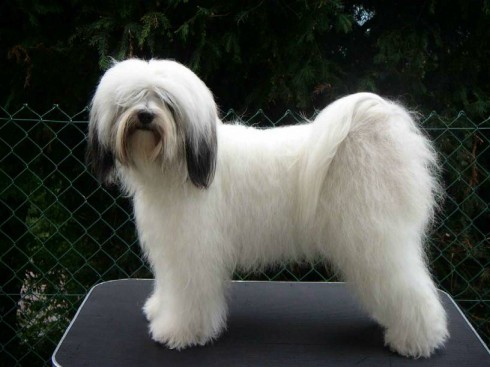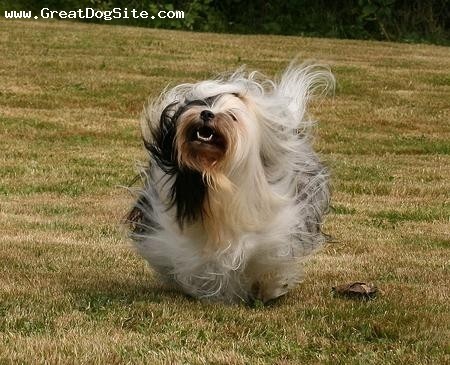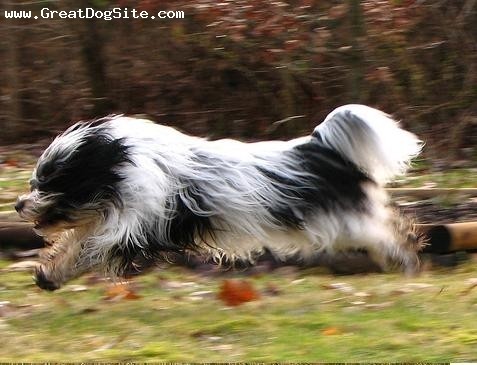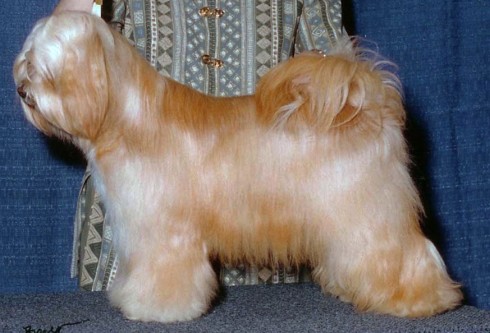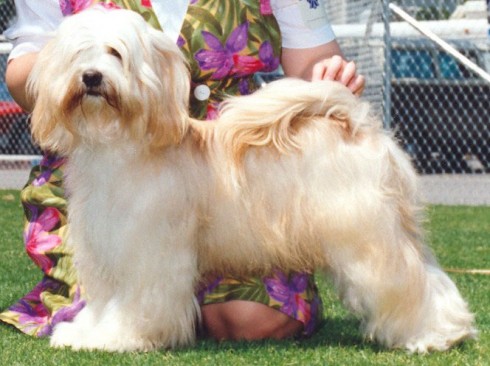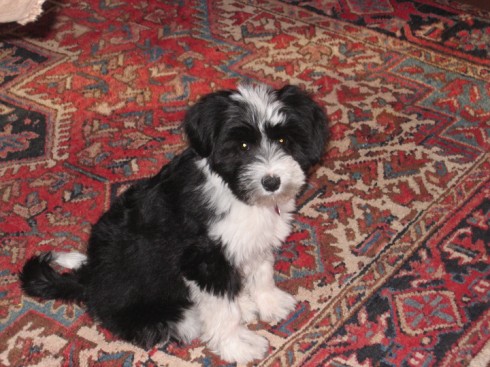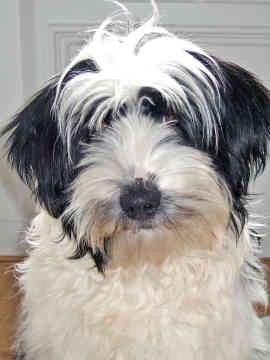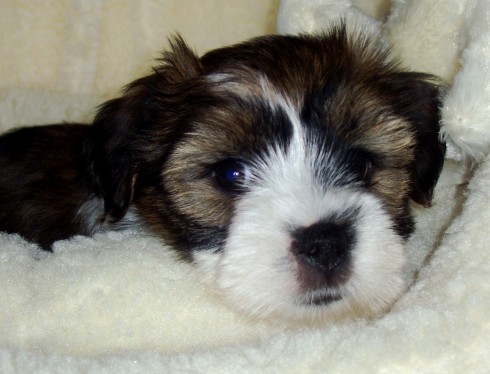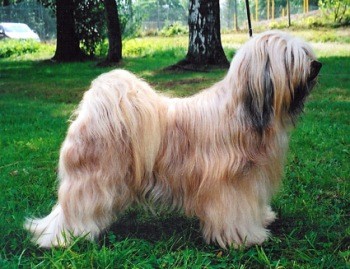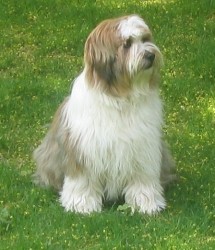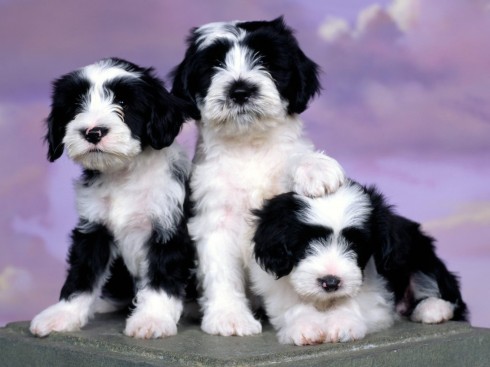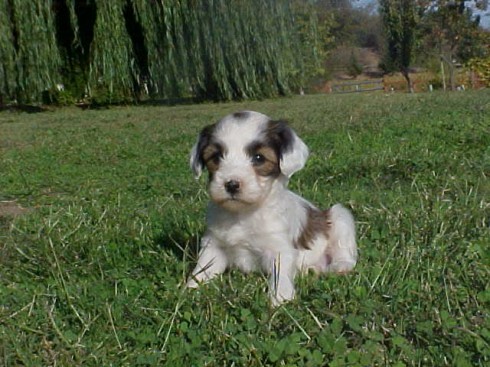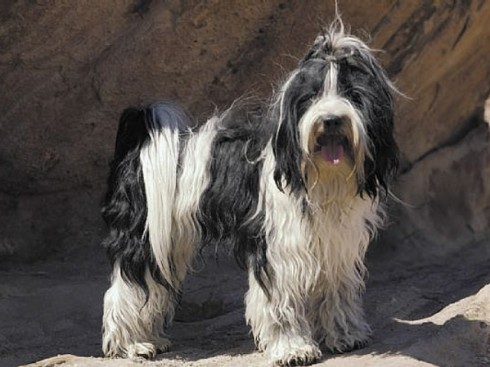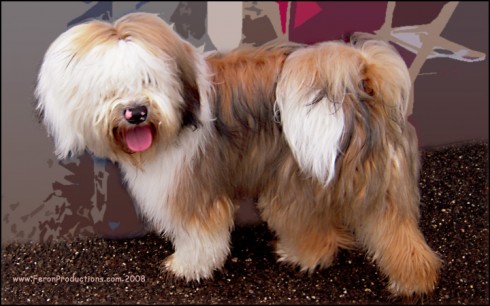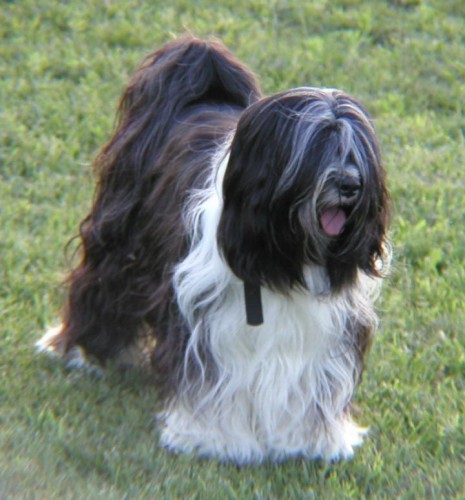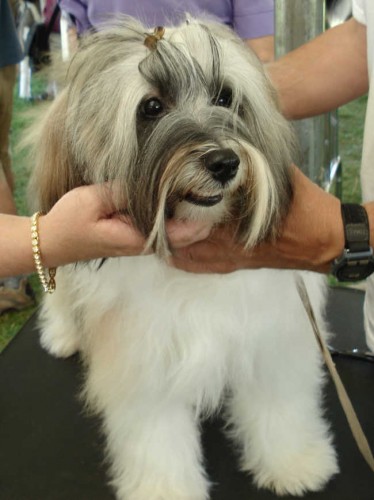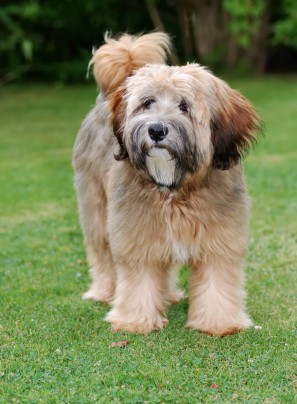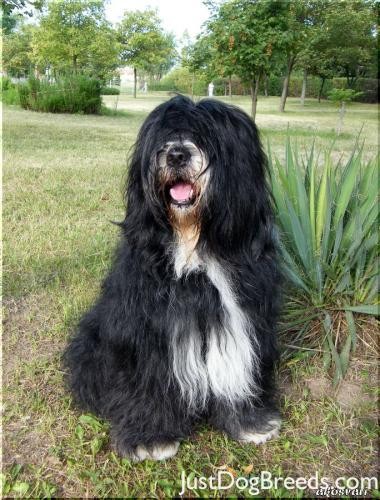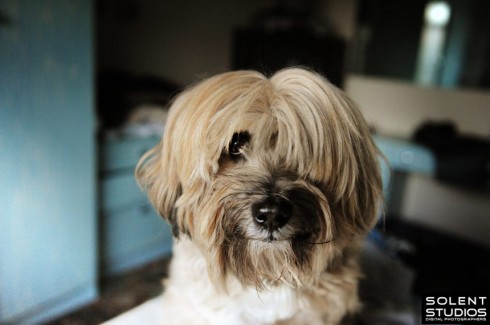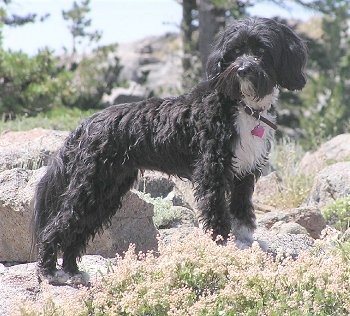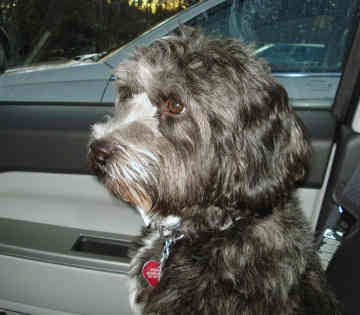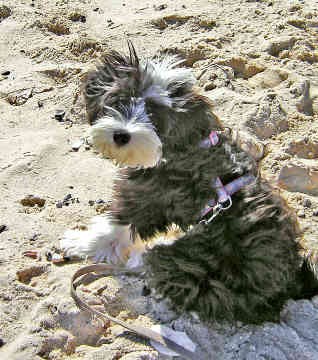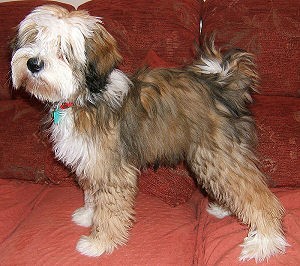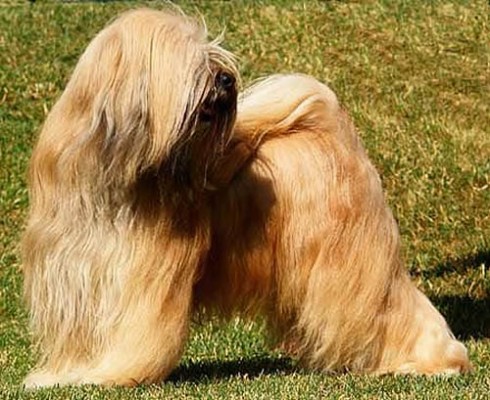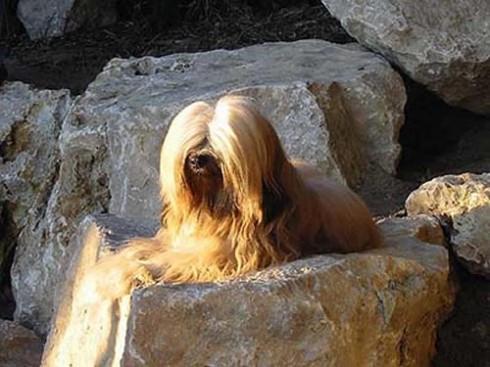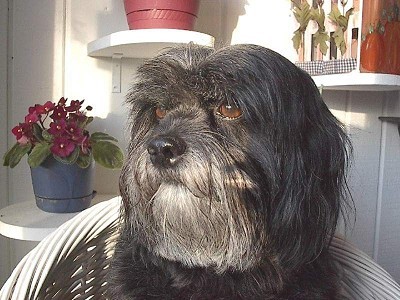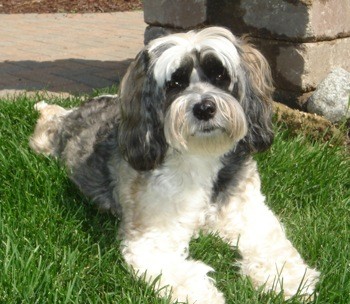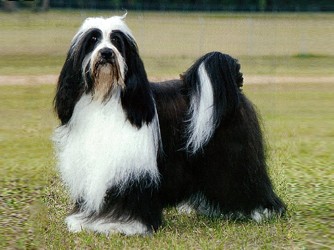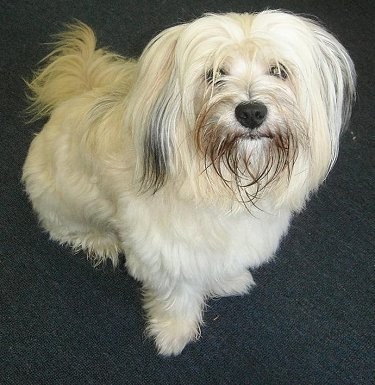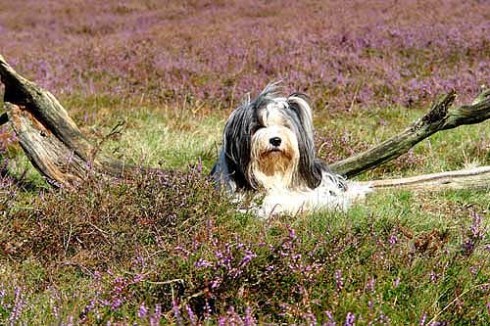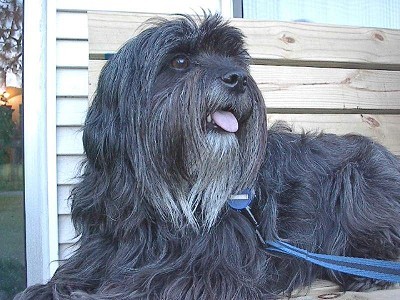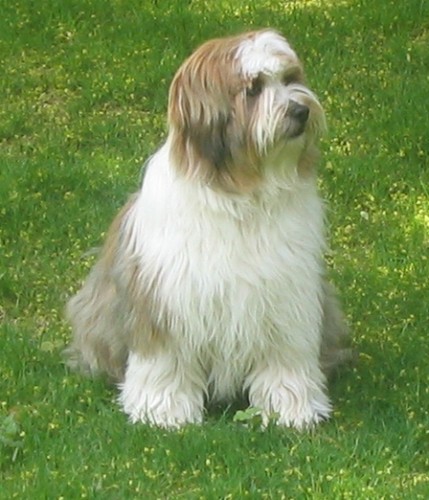Main Index
In Store
Our Web Store
Miniature Schnauzer Picture Gallery
Latest Dog Blogs
- What Are The Basic Commands To Train A Dog?
- PaySafe As The Most Popular Type Of Deposit
- Everything You Need To Know About Pet Sales
- Dogs Contribute To Our Physical And Mental Well Being
- How To Choose Where To Bet On Greyhounds In 2022
- Volunteer With Animals - How To Help Dogs Around The World
- Basic Understanding Of The House Edge
- Why You Should Get A Dog
- Top 20 Popular Dog Names Around The World
- Constipation in Dogs and How to Find Solutions
Tibetan Terrier
Tibetan Terrier Picture Gallery
Tibetan Terrier Clubs/Associations
The Full Tibetan Terrier Description
The Tibetan Terrier has always been a companion dog. That's probably why to this day the Tibetan Terrier enjoys people so much. He is a happy, outgoing dog. They are extremely agile. They can use their paws like cats to wash, catch, hold and even bat at tennis balls. They are usually quiet and when they do bark, it starts out low and rises to a high pitch.
Did you know?
Tibetan Terriers originated in the Lost Valley of Tibet.
The breed was thought to bring good luck to anyone who owned one.
The Lost Valley was so inaccessible that visitors were often given a dog to safeguard them on their journey. These dogs were never sold, as the families did not want to tempt fate by selling their "luck."
So you want to own a Tibetan Terrier?
The coat requires regular grooming in order to keep it free from matting.
The Tibetan Terrier is a highly intelligent and sensitive dog. He is devoted and loyal to his family, but may be cautious and shy of strangers.
Indicative Breed Standard
General Appearance
Sturdy, medium-sized, long-haired, generally square outline. Balanced, without exaggeration.
Characteristic
Lively, good-natured. Loyal companion dog with many engaging ways.
Temperament
Outgoing, alert, intelligent and game; neither fierce nor pugnacious. Sparing of affection to strangers.
Head and Skull
Skull of medium length, neither broad nor coarse, narrowing slightly from ear to eye, neither domed nor absolutely flat between ears. Zygomatic arch curved, but not overdeveloped so as to bulge. Marked stop in front of eyes but not exaggerated. Muzzle strong; well developed lower jaw. Length from eye to tip of nose equal to length from eye to occiput. Nose black. Head well furnished with long hair, falling forward over eyes. Lower jaw carrying small, but not exaggerated amount of beard. In all giving a resolute expression.
Eyes
Large, round, dark brown, neither prominent nor sunken; set fairly wide apart. Eye rims black.
Ears
Pendant, carried not too close to head, V-shaped, not too large, set fairly high on the side of the skull, heavily feathered.
Mouth
Scissor or reverse scissor bite. Incisors set in slight curve, evenly spaced and set perpendicular to jaw. Full dentition desirable.
Neck
Strong, muscular, medium length, allowing head to be carried above level of back and giving overall balanced appearance. Flowing into well placed shoulders.
Forequarters
Heavily furnished. Shoulders well laid; with good length and slope of upper arm. Legs straight and parallel; pasterns slightly sloping.
Body
Well muscled, compact and powerful. Length from point of shoulder to root of tail equal to height at withers. Fair spring of rib with depth of brisket to elbow. Ribbed well back. Top line level, loin short, slightly arched; croup level.
Hindquarters
Heavily furnished, well muscled. Well bent stifles and low set hocks giving level topline and drive.
Feet
Large, round, heavily furnished with hair between toes and pads. Standing well down on pads; no arch in feet.
Tail
Medium length, set on fairly high and carried in a gay curl over back. Very well feathered. Kink near tip often occurring and permissible.
Gait/Movement
Smooth; effortless stride with good reach; powerful drive. When walking or trotting hindlegs should track neither inside nor outside the front legs.
Coat
Double coat. Undercoat fine and woolly. Top coat profuse, fine but neither silky nor woolly; long; either straight or waved but not curly.
Colour
White, golden, cream, grey or smoke, black, parti-colour and tricolours; in fact any colour except chocolate or liver permissible.
Size
Height at shoulder: dogs: 36-41 cms (14-16 ins); bitches: slightly smaller.
About Our Article Directory
- Article
- 27 November 2010
- 2 comments
Canis lupus familiaris
- Breed Article
- 29 May 2010
- No comments
Quick Search
Donate
Latest Dog Pods
- Tips on How to Stop Your Dog from Biting
- Beware - Not All Advertised Dog Rescues Really Are! How Can You Know The Truth?
- Helpful Tips For Dog Obedience Problems
- How to Keep Dogs From Eating Poop
- Dog Grooming Tips - A General Overview of the Very Basics of Dog Grooming
- Recognising Different Types of Dog Obedience Problems
- 5 Important Tips On Feeding A Puppy


